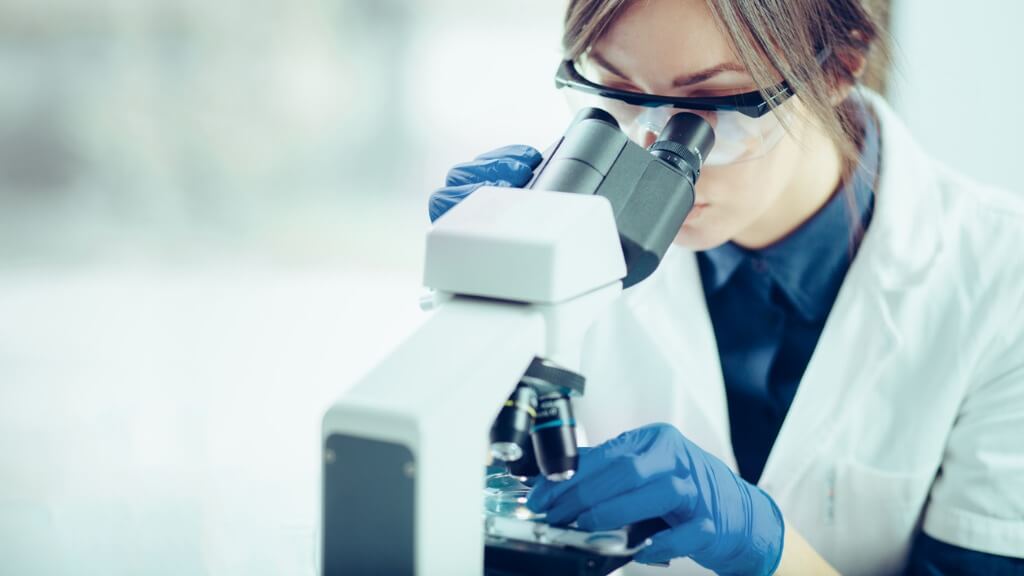
Have you ever thought about what goes into the plastic products we use every day? Sure, we all know plastic is everywhere—from food containers to textiles—but not all plastics are created equal. Some are sustainable, biodegradable, and made from renewable resources. One of the unsung heroes in this shift toward eco-friendly materials is L-lactide.
What Exactly Is L-Lactide?
Let’s start simple: L-lactide is a chemical compound made from lactic acid, a natural substance that comes from fermenting plant sugars. Sounds straightforward, right? What makes it exciting is its versatility.
Lactic acid itself is common—you’ve probably heard of it in the context of food or even skincare. But when lactic acid is processed and transformed into L-lactide, it becomes a building block for polylactic acid (PLA), one of the most widely used bioplastics.
Here’s where it gets really interesting: L-lactide can be tailored during production to create different kinds of materials. Need a strong, rigid material? Check. Prefer something flexible and lightweight? That’s possible, too.
Why Should You Care About L-Lactide?
Okay, so L-lactide helps make bioplastics. But why does that matter? Let’s think about it: how many plastic items have you thrown away this week? Now multiply that by millions of people. Traditional plastics don’t just vanish—they sit in landfills for centuries, polluting our planet.
Here’s where L-lactide steps in as a game-changer. It’s the backbone of many biodegradable products designed to solve our plastic waste problem.
Here’s why it’s worth paying attention:
- Renewable Source: Unlike traditional plastics made from petroleum, L-lactide comes from plants like corn or sugarcane. It’s literally grown from the ground up.
- Biodegradable End Product: Products made with L-lactide break down much faster than traditional plastics, especially in industrial composting facilities.
- Versatile Applications: L-lactide supports a wide range of products, from medical devices to food packaging, cutting down on the need for petroleum-based alternatives.
- Lower Carbon Footprint: Producing L-lactide-based plastics uses less energy compared to fossil-fuel-derived plastics.
Imagine replacing the billions of single-use plastics we rely on with something that won’t harm the planet for generations. That’s the potential of L-lactide.
How Is L-Lactide Made?
Ever wonder how a plant becomes a plastic? It’s a fascinating process that blends biology and chemistry. Let’s break it down:
- Fermentation: First, plant sugars (from sources like corn or sugarcane) are fermented to produce lactic acid.
- Conversion: This lactic acid is then purified and turned into lactide molecules, which are the precursors to PLA.
- Polymerization: Finally, using heat and special catalysts, L-lactide is polymerized into PLA—a versatile bioplastic ready for various uses.
It’s a relatively efficient process, especially compared to traditional plastic manufacturing. Plus, the materials are renewable, which means we aren’t depleting finite resources like oil.
Where You’ll Find L-Lactide in Everyday Life
You may not realize it, but L-lactide is already making a difference in products you use regularly. Look around—there’s a good chance you’ve interacted with something made using this sustainable compound.
Some common applications include:
- Food Packaging: Those biodegradable coffee cups and compostable cutlery? They’re likely made with PLA derived from L-lactide.
- Medical Supplies: Dissolvable sutures and implants? L-lactide polymers make them safe to break down in the body after doing their job.
- 3D Printing: PLA filament, one of the most popular materials for 3D printing, relies heavily on L-lactide for its precision and strength.
- Agriculture: Farmers use biodegradable mulch films made with L-lactide to reduce waste while boosting crop yields.
This versatility is what makes L-lactide such a powerful tool for driving sustainability.
Why L-Lactide Is Poised to Shape the Future
The truth is, we’re at a turning point. The world is crying out for sustainable alternatives, and L-lactide is leading the charge. Its ability to replace petroleum-based plastics with biodegradable, renewable options is already making a tangible impact.
Looking ahead, improvements in production techniques are likely to make L-lactide even more affordable and accessible. We’re also seeing increased investment in composting infrastructure, which will help maximize its environmental benefits.
And let’s not forget the growing demand for eco-friendly products. Consumers, businesses, and governments alike are pushing for greener solutions—and L-lactide is well-positioned to meet that demand.
Building a Greener Future, One Molecule at a Time
L-lactide might not grab headlines, but its impact is undeniable. It’s the quiet force behind many of the sustainable innovations reshaping industries today.
By reducing our reliance on fossil fuels and offering an alternative to traditional plastics, L-lactide is doing more than just creating better materials—it’s helping us build a cleaner, greener future. The next time you see a biodegradable product, take a moment to appreciate the science (and the sustainability) behind it.
Thanks for signing up to Minutehack alerts.
Brilliant editorials heading your way soon.
Okay, Thanks!